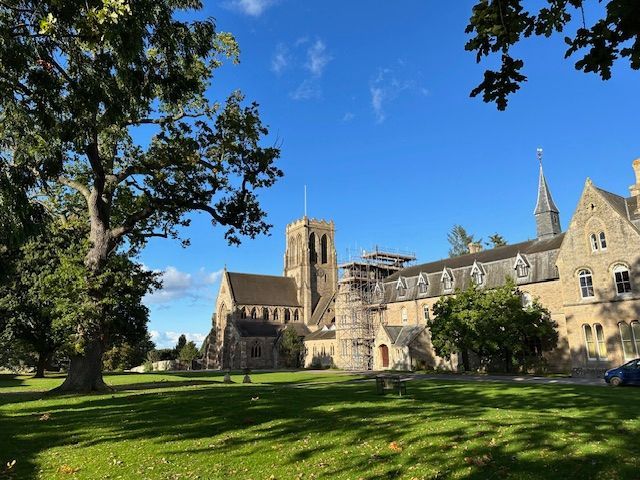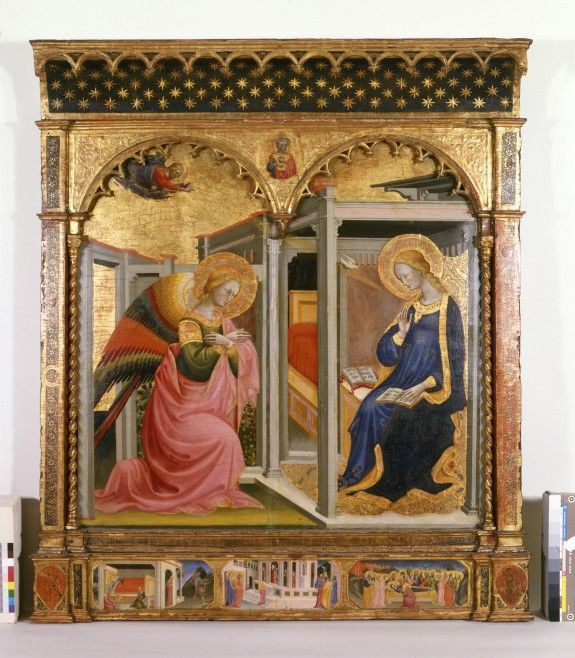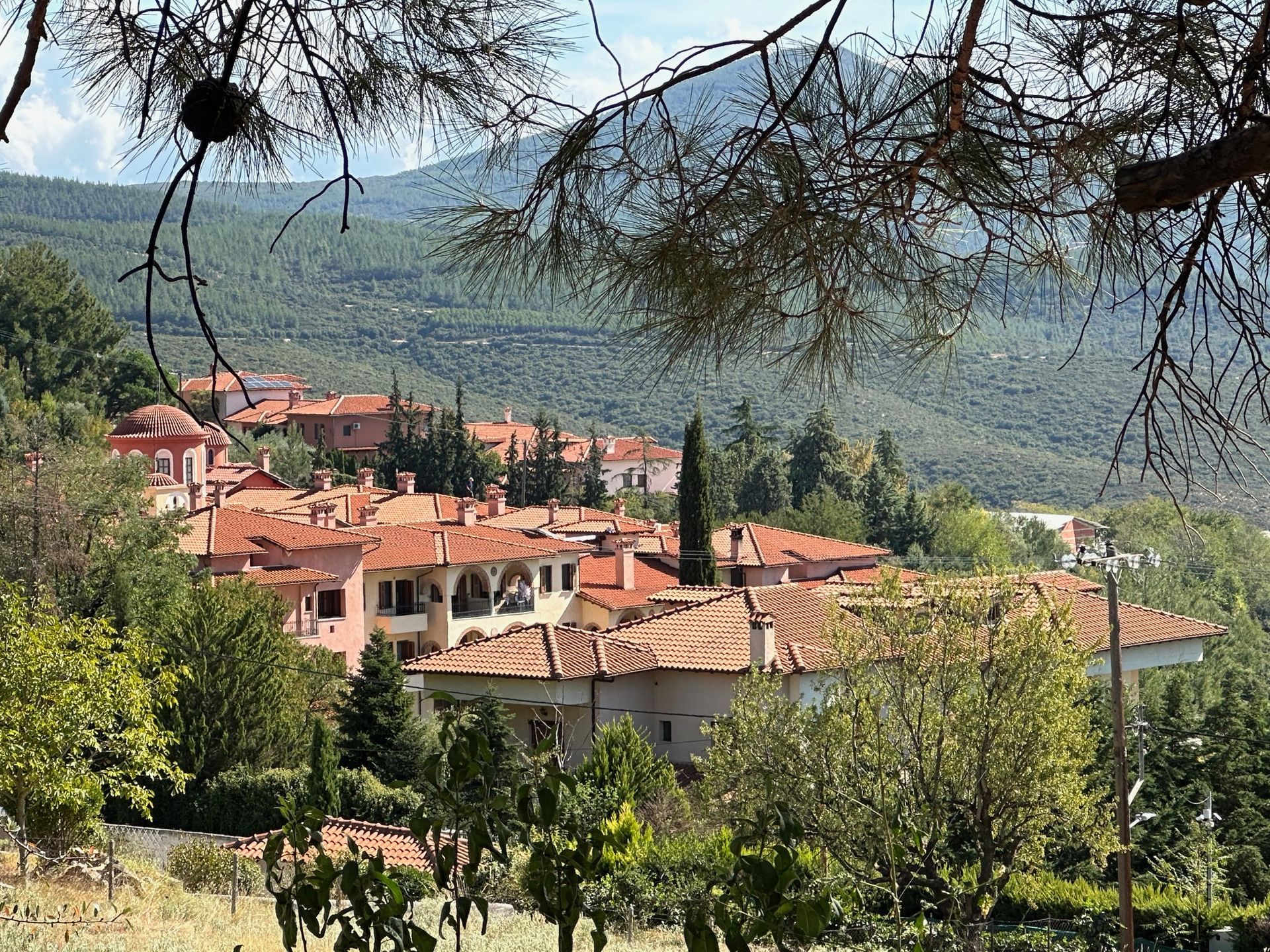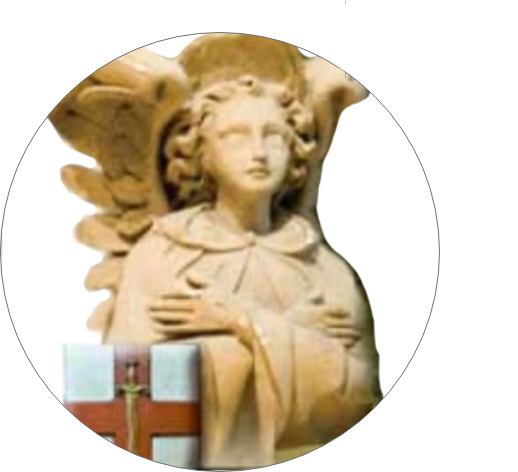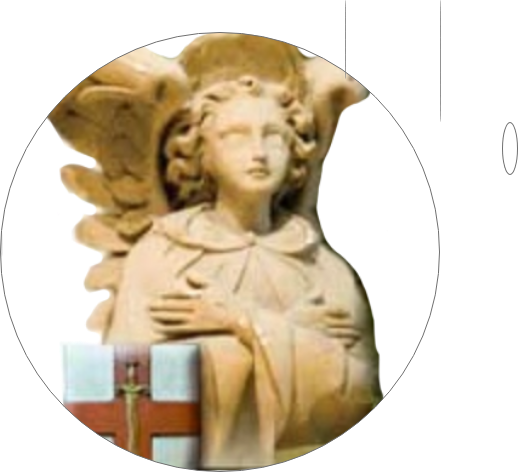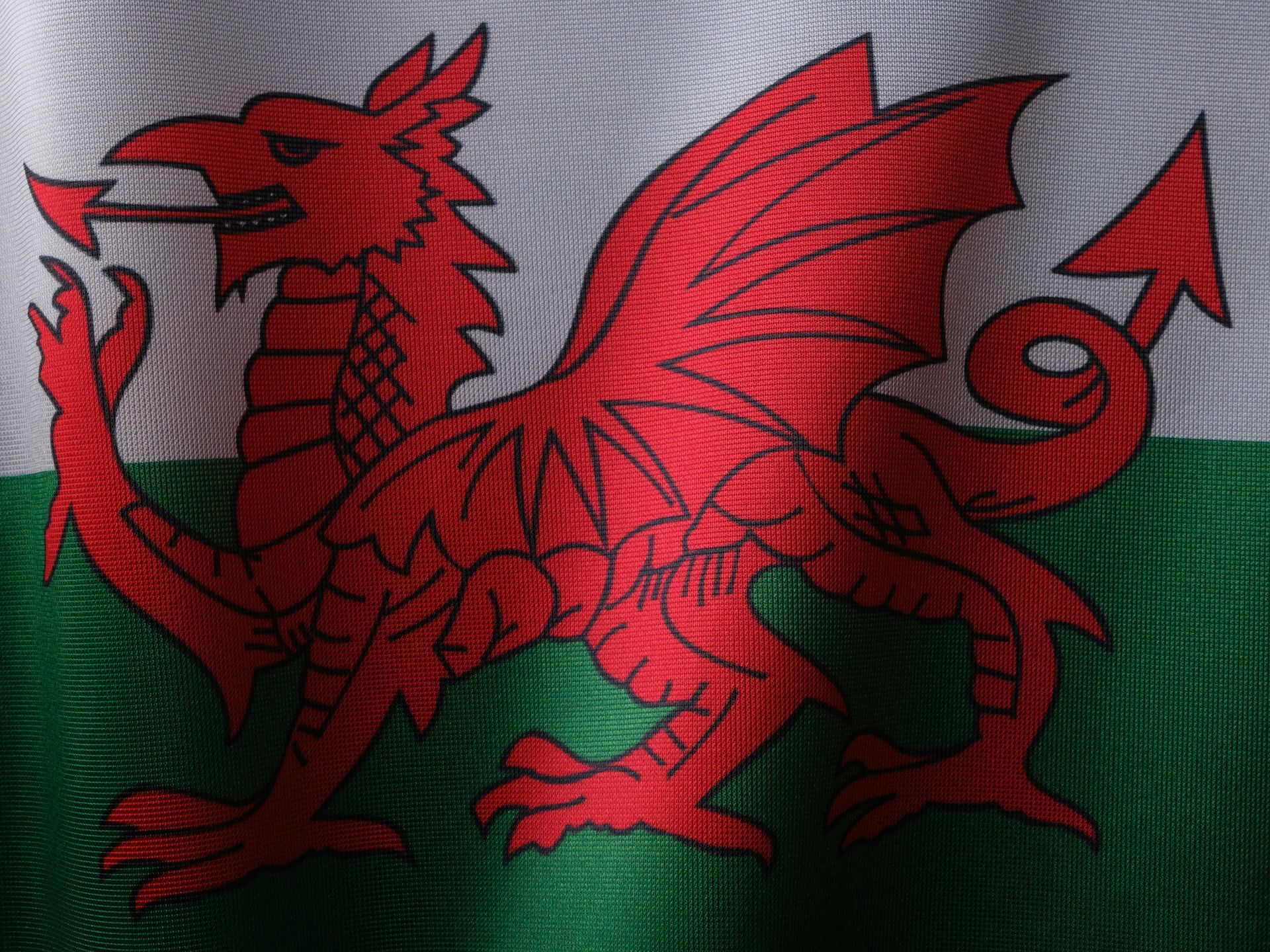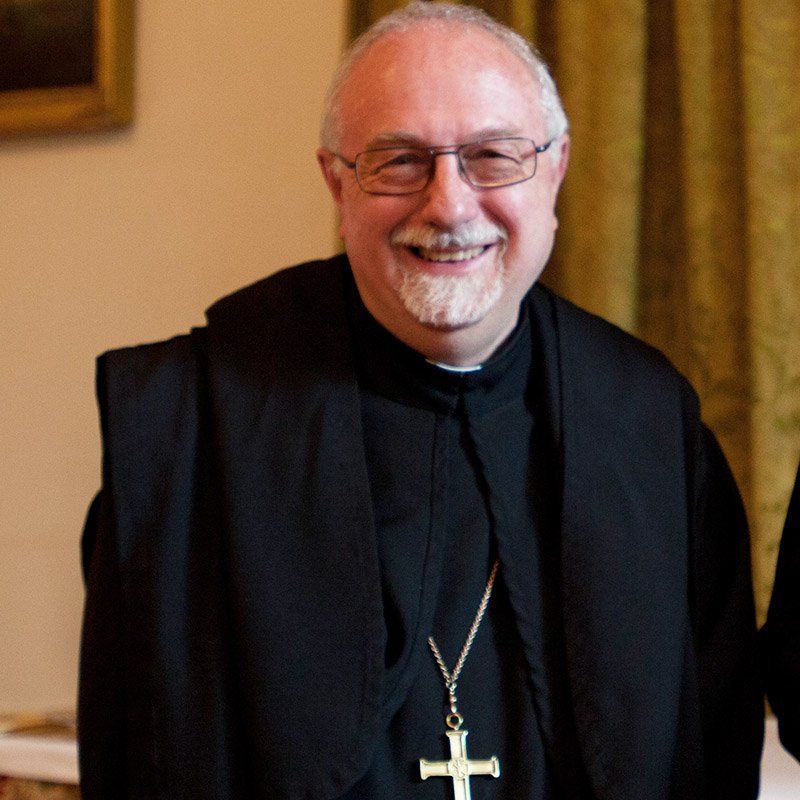Message from Fr Paul for Saturday 22nd July
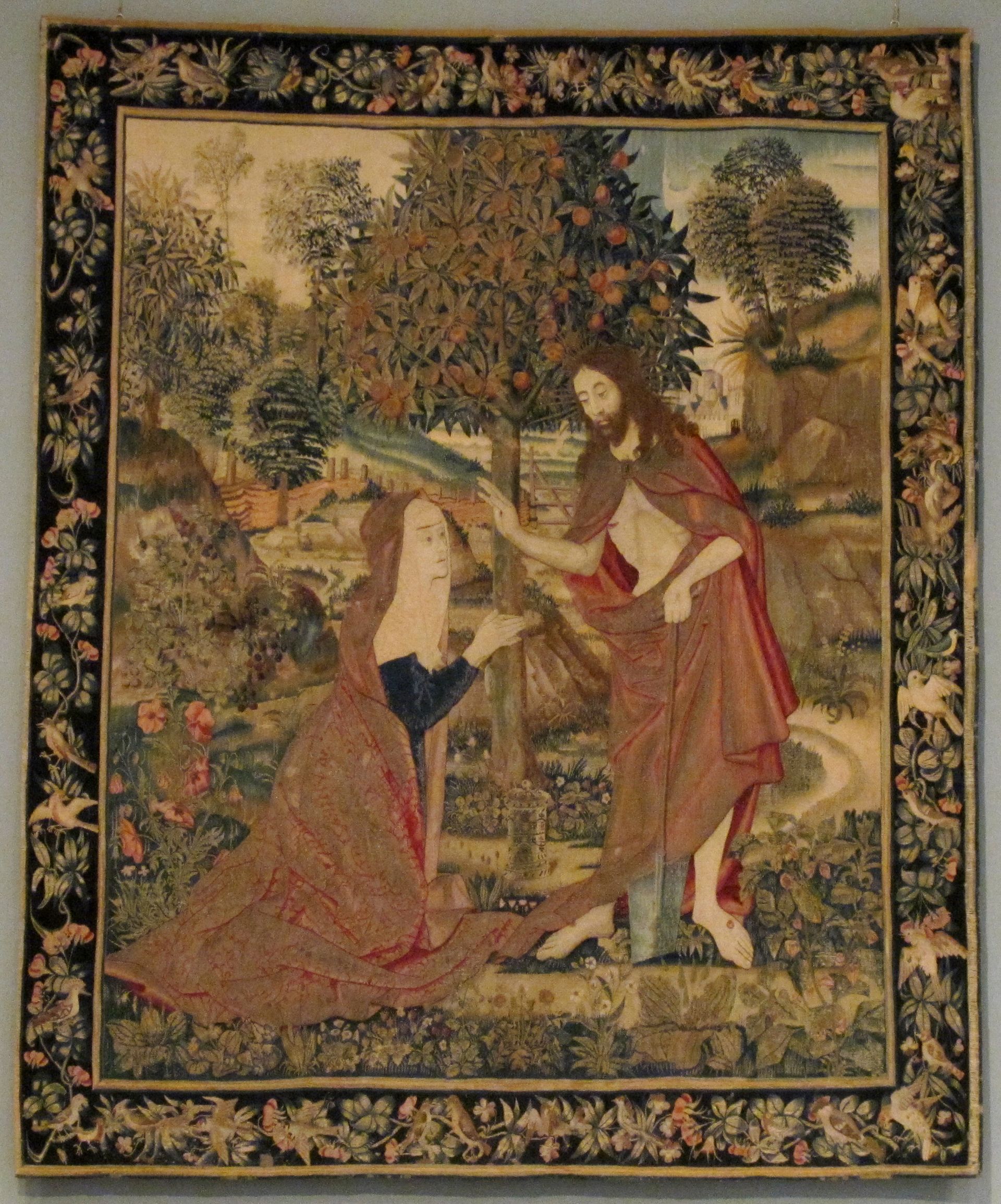
Today we keep the feast of St Mary Magdalene, known as the Apostle to the Apostles, in that she was the first to see and talk with the risen Christ and the first to tell his disciples, the Apostles, that he was risen from the dead. There is another woman apostle in the New Testament, Lydia of Thyatira, a convert of St Paul’s, who then led the church in her home at Philippi (Acts 16): she is known as the Equal to the Apostles.Mary, or Miriam, was one of the most common names in Israel and many women of that name appear in the Gospels, beginning with Our Lady. So, it’s hardly surprising that Mary of Magdala was confused in the early Middle Ages with Mary of Bethany and a third Mary, possibly herself confused with the woman caught in adultery. The three became conflated into one. Today, however, the Church recognises this error and is quite clear as to who the women were and their differing relationships with Jesus and the Twelve.
The Gospel chosen for the festal Mass is taken from John, (Jn 20: 1-2, 11-18), and recounts that famous meeting of Mary with Jesus early on the morning of the Resurrection. “It was very early on the first day of the week and still dark, when Mary of Magdala came to the tomb. She saw that the stone had been moved away from the tomb and came running to Simon Peter and the other disciple, the one Jesus loved. ‘They have taken the Lord out of the tomb’ she said ‘and we don’t know where they have put him.’” According to John, she was the first to come to the tomb and she came alone. She finds that the stone has been rolled away and must have looked inside, otherwise she could not have reported to Peter and the Beloved Disciple that Jesus’s body had been removed from the tomb. The two run to the tomb and find things exactly as Mary has told them, returning to the gathered disciples to confirm Mary’s report. However, Mary returns to the tomb alone to mourn not only the death of Jesus but the disappearance of his body.
“Meanwhile Mary stayed outside near the tomb, weeping. Then, still weeping, she stooped to look inside, and saw two angels in white sitting where the body of Jesus had been, one at the head, the other at the feet. They said, ‘Woman, why are you weeping?’ ‘They have taken my Lord away’ she replied ‘and I don’t know where they have put him.’” Her first encounter, looking inside the tomb, is with two angels, who addressing her as “Woman,” ask her why she is weeping. Her Lord, the Lord, has been removed and she doesn’t know where he’s been taken. But Jesus isn’t in the tomb, and as she looks round, she sees him standing there in the garden, but fails to recognise him. “As she said this she turned round and saw Jesus standing there, though she did not recognise him. Jesus said, ‘Woman, why are you weeping? Who are you looking for?’” We have a repeat of her conversation with the angels. Jesus not only asks her why she is weeping, but also who it is that she looking for. She thinks she is speaking with the gardener, who has probably taken the body away. Like the angels, Jesus, too, addresses her as, “Woman.”
“Supposing him to be the gardener, she said, ‘Sir, if you have taken him away, tell me where you have put him, and I will go and remove him.’ Jesus said, ‘Mary!’ She knew him then and said to him in Hebrew, ‘Rabbuni!’ – which means Master. Jesus said to her, ‘Do not cling to me, because I have not yet ascended to the Father. But go and find the brothers, and tell them: I am ascending to my Father and your Father, to my God and your God.’ So Mary of Magdala went and told the disciples that she had seen the Lord and that he had said these things to her.” It is when Jesus calls her by her name that she finally recognises him. The disciples on the road to Emmaus recognised him at the breaking of bread, Mary at the mention of her name. Jesus asks her not to cling to him in the joy of seeing him risen from the dead. He cannot remain on earth in his risen body, but must ascend to the Father, who is not only his Father now but her Father too. She must look forward, not back to what has been, and that is the message she takes to the disciples, the Gospel of the Resurrection. She becomes the Apostle to the Apostles.
Fr Paul


